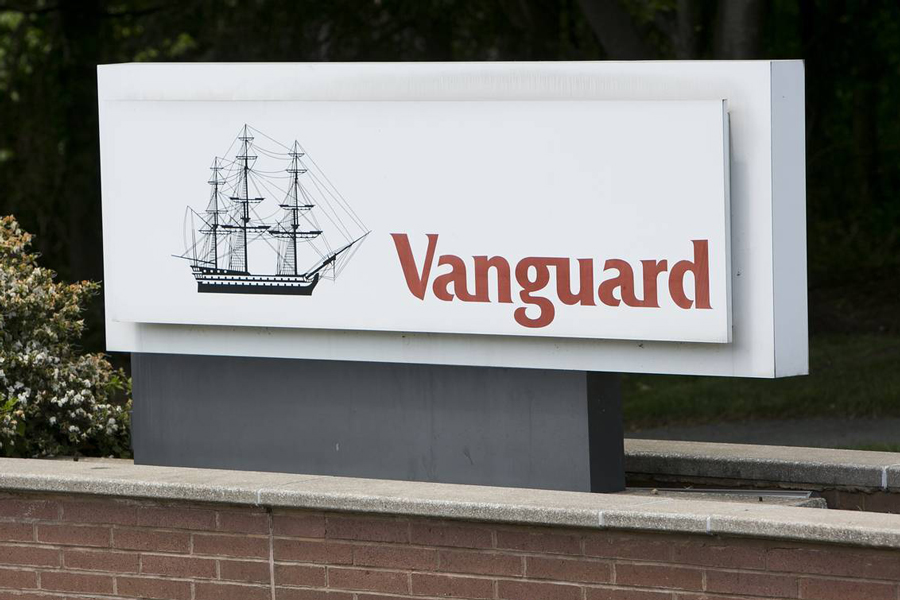

Vanguard inadvertently gave some participants in Nevada’s 529 college savings plan higher equities allocations late last year, the company indicated this week.
The error occurred in October, when the Vanguard 529 Plan switched from age-based portfolios to target-enrollment portfolios, the company said in an email.
“When this transition occurred, due to an implementation error, some portfolios were given higher allocations to equities than intended,” a spokesperson said in a statement. “The glide path design and methodology has been and remains sound; this was an implementation issue and has been corrected.”
The firm declined to say how many accounts were affected or what the differences in allocations were.
Although clients were exposed to a higher level of investment risk, market returns between October and mid-March show that the error likely led to higher performance for most of the affected accounts. Between Sept. 30 and March 17, for example, the S&P 500 was up by 18.1%, and the Dow Jones Industrial Average was up 18.8%.
According to a report Thursday in the Wall Street Journal, nine of the 31 portfolios in the Nevada plan had higher equity allocations than intended, and Vanguard contacted account holders this week about the correction.
The Vanguard 529 College Savings Plan represented $23.9 billion as of the third quarter, among more than 471,000 accounts, about 7,800 of which belong to Nevada residents, according to a report late last year to the state’s college savings board. The average account size in Nevada was $35,794.
Many 529 programs have shifted from age-based allocation models to target-date designs over the past few years, in part because of criticism of the age-based model’s tendency to have more rigid steps in allocation changes. Age bands, for example, often included larger, immediate shifts in allocations, Morningstar pointed out in a report more than five years ago. That meant that if a child’s birth date coincided with a low point in the market, they could potentially lock in losses.
Target-date portfolios, conversely, correspond with the projected year that a saver will attend college, and those designs shift allocations more gradually.

While industry statistics pointing to a succession crisis can cause alarm, advisor-owners should be free to consider a middle path between staying solo and catching the surging wave of M&A.

New joint research by T. Rowe Price, MIT, and Stanford University finds more diverse asset allocations among older participants.

With its asset pipeline bursting past $13 billion, Farther is looking to build more momentum with three new managing directors.

A Department of Labor proposal to scrap a regulatory provision under ERISA could create uncertainty for fiduciaries, the trade association argues.

"We continue to feel confident about our ability to capture 90%," LPL CEO Rich Steinmeier told analysts during the firm's 2nd quarter earnings call.
Orion's Tom Wilson on delivering coordinated, high-touch service in a world where returns alone no longer set you apart.
Barely a decade old, registered index-linked annuities have quickly surged in popularity, thanks to their unique blend of protection and growth potential—an appealing option for investors looking to chart a steadier course through today's choppy market waters, says Myles Lambert, Brighthouse Financial.
